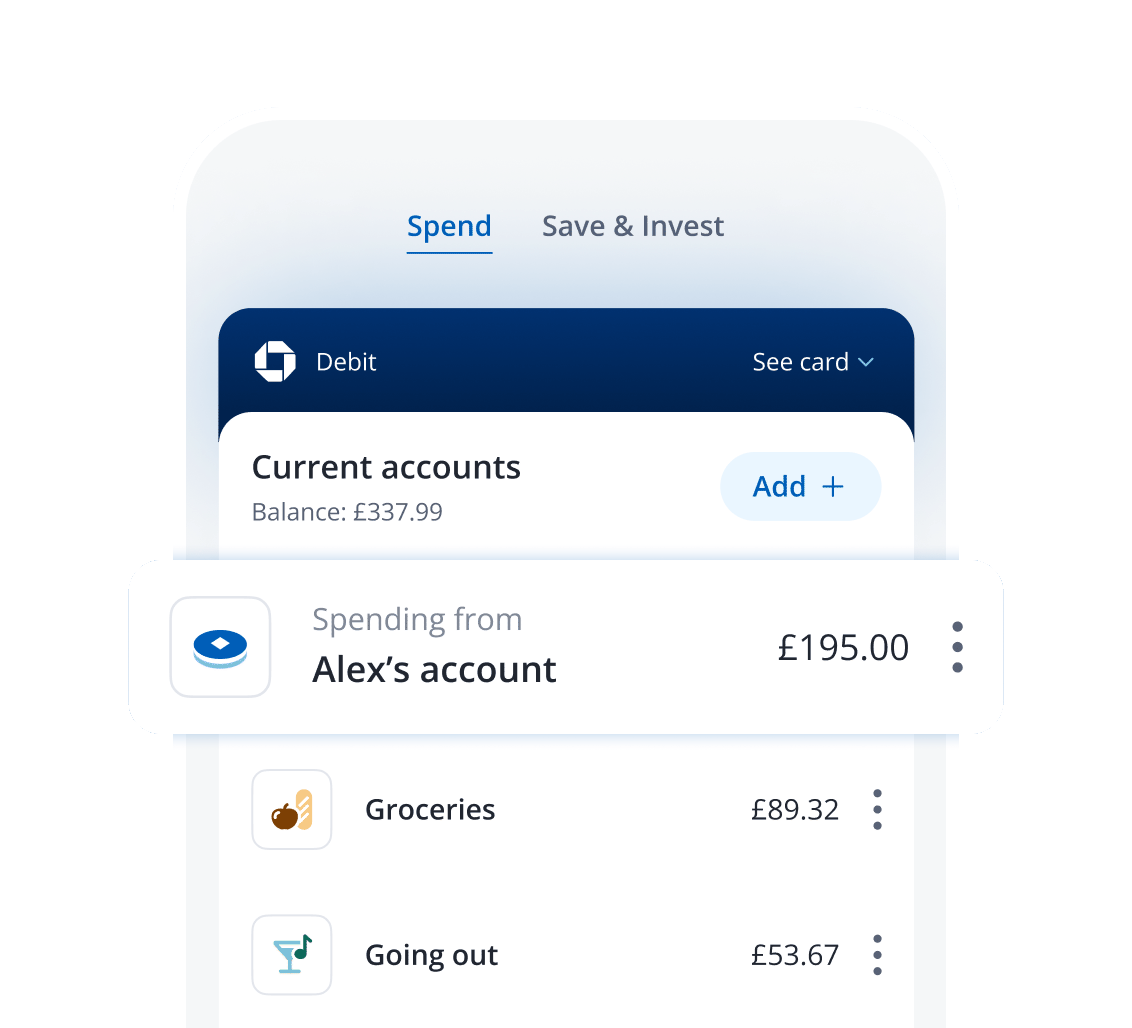money
10 ways to stop (over) spending
4 min | 17 July 2023



If your spending is a little loose or you’re parting with more money than you’re bringing in, you might be wondering how you can cut back. We’ve put together 10 practical steps for you to consider.
In an era when you can pay in a double click, it’s easy to lose sight of your spending. If you’re struggling to rein it in, here are some ways to spend your time – not your money.
1. Get real about where your money’s going
Start by creating a monthly budget so you know how much you have to spend. Make sure it’s realistic for you and take time to review it every few months. While you’re taking stock of your outgoings, see if there’s anywhere you can cut back – for example, old subscriptions or services you don’t use anymore.
2. Block and unsubscribe
We’ve all been there – while scrolling online, you see an ad in the sidebar from a place you might have shopped from before, tempting you with a ‘sale’ or a nice-looking product. Try blocking the ads and stopping emails or mobile marketing communications from retailers, food delivery services and other places that just want you to spend.
3. Plan your meals
Meal planning can help curb how much you’re spending on food that you don’t need – and helps to reduce the amount of food that goes to waste. Try taking a packed lunch if you’re going into the office.
4. Practice delayed gratification
You might be wondering how you can effectively avoid the temptation to impulse buy. It can be hard to resist those sales and ask yourself if you really need it. Try sleeping on it for a few days, and if you're still determined, work it into next month’s budget so you’ve planned for the cost.
5. Practice mindful spending
When you do go out, make a shopping list. Think about setting a daily spend limit for yourself. Or you could open separate current accounts for things like weekend outings and groceries. There are apps that could help you approach money more mindfully through alerts that let you know what you’re spending and where. And you can read up on how to practice mindful spending.
6. New for old
If there’s an essential item you need, take a look around your home to see if there’s anything you don’t use that you could sell to cover some of the cost. Check out free marketplaces online to see if you can get it cheaper.
7. Press pause on a spending habit for a month
Don’t worry, this one isn’t permanent, but it could be effective. Your habit could be buying beauty products, takeaways or fast fashion. Whatever it is, pause it for a month and see how much you've saved compared to a regular month.
8. Try a fun savings challenge
Speaking of saving, how about shifting your focus from spending to saving? We’ve thought of some fun, simple hacks that could help you reach your short- and long-term savings goals.
9. Tackle any debts
Yep, you need to spend money to pay down any loans. The good news? Being debt-free could come sooner if you can prioritise dealing with them. That means it's not always the smallest or the highest rate first. Normally, secured debt, such as a mortgage, is the priority, but you wouldn't pay off a mortgage before paying off a credit card balance with a 29% interest rate. If you're unsure which debt to tackle first, there is help available to help you decide on the best approach. Keep a visual tracker of your progress (and don’t ignore those bills). Even a note stuck to your credit card could help you stop and take stock of whether you need to notch up further debt.
10. Spend your time – not your money
They say time is money, but it costs next to nothing to join a meet-up group or volunteer. You’d be spending time doing something meaningful and could make new connections at the same time, so it’s a win-win. If you have kids, there are plenty of ideas for free activities to try online. The Woodland TrustFields in Trust and RSPB are just a few organisations with fun ideas for the whole family.
The combination of exposure to things on social media, fear of missing out or craving some retail therapy can all contribute to spending too much money. But with some planning, budgeting and time to stop and think, you could successfully stop spending every now and then – and find yourself saving money instead.
Whatever you decide to do, look after your money. Chase's easy-access saver account lets you start saving with as little as you like.
18+, UK residents. A Chase current account is required to open a saver account.


















